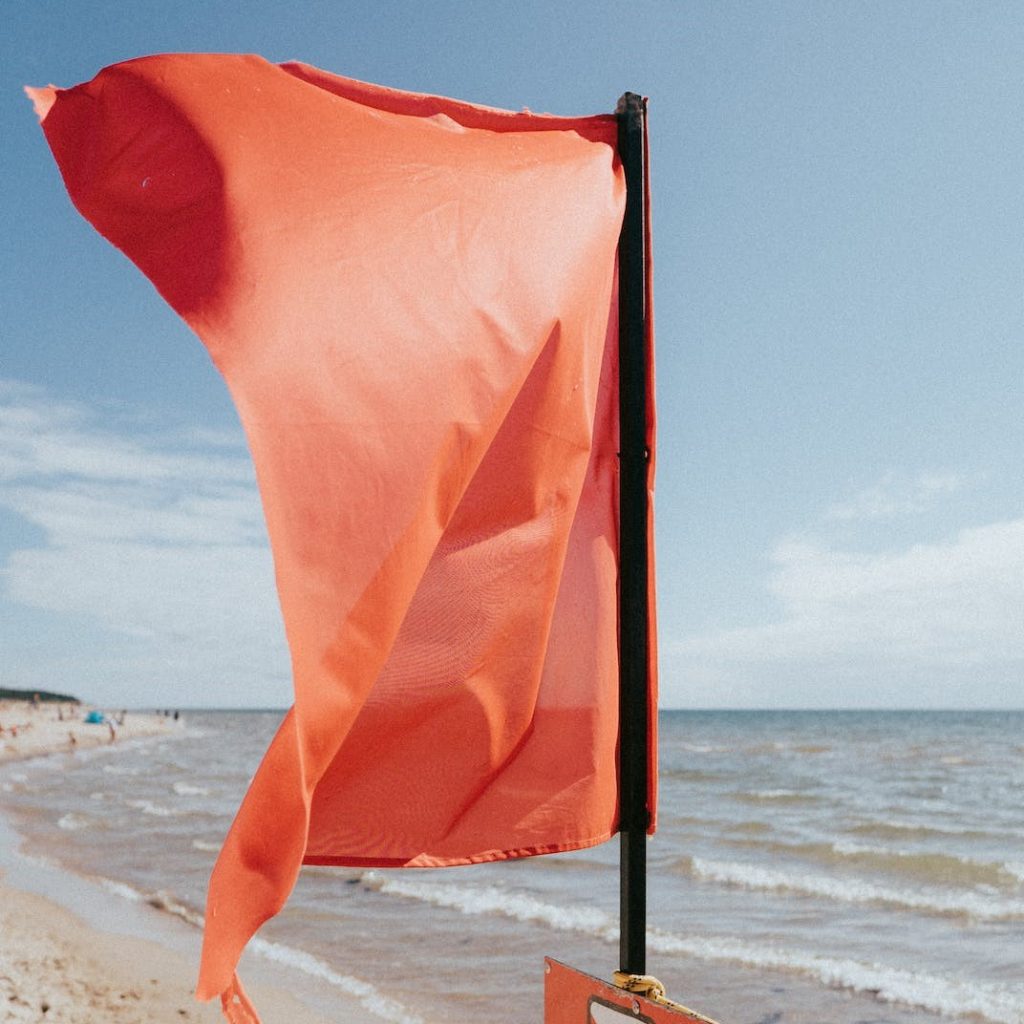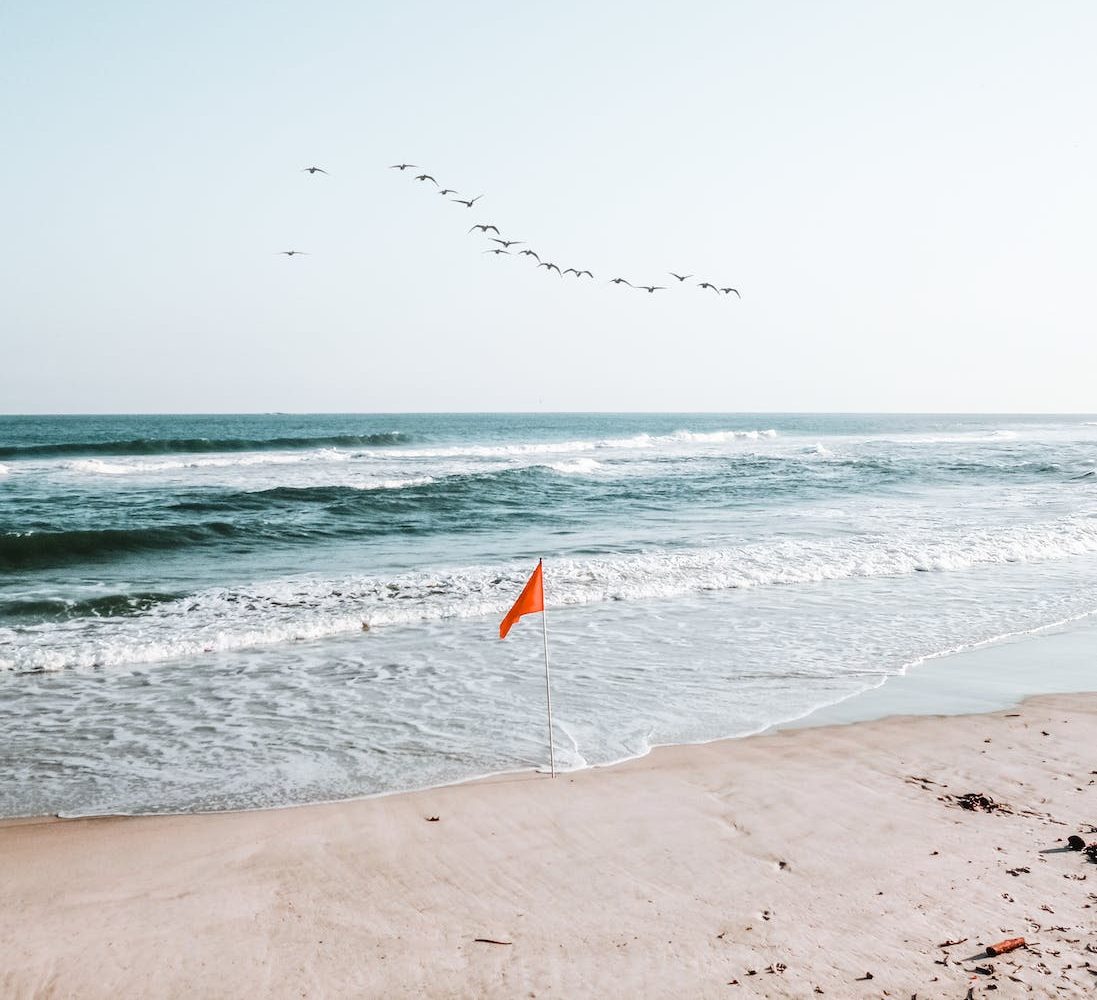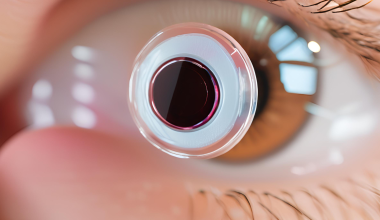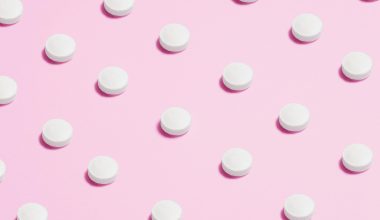While Canada offers incredible beaches to add to your R&R requirements, over the past month The Health Insider has taken note of the fact that many beaches across Canada have been advising beach goers not to swim due to excessive levels of E. coli detected in the water.
Escherichia coli, better known as E. coli, is a bacteria that can cause infection and food poisoning if ingested by humans.
It will also have you frequenting the bathroom when you’re not in bed dealing with the weakness that ensues. This will all continue until the virus clears your system.
E. coli can live on surfaces for a long time. According to a study by Axel Kramer and Ojan Assadian, the bacteria can survive on a surface for anywhere from 1.5 hours to 16 months if the surface remains uncleaned.
One should wash their hands immediately if they suspect they have come into contact with the bacteria.

Approximately 474 cases of E. coli infections are recorded annually, the Government of Canada reports.

The Health Insider team was asked what causes E. coli infestations in our beaches, so we decided to find out.
How Does E. coli End up on Beaches?
Heavy rainfall is a good indicator that the beach may be closed for the rest of that day as well as the following day.
The Government of Canada reports that heavy rainfall washes fecal matter, mostly from Canada Geese and some from pets, from the surrounding areas into the water.
Another factor is aging sewage pipes. “Aging sanitary sewer pipes and other wastewater infrastructure can leak sewage that then makes its way into our lakes,” reports the Clean Lakes Alliance.

This pushes the amount of E. coli present in the water to unsafe levels. Lifeguards will likely be shouting, “swim at your own risk,” from the shore.
Although strongly not recommended, if you decide to go swimming in E. coli infested waters, keep your head above water and do not swallow the water. Do not touch your eyes, nose, or mouth.
Immediately wash your entire body and hair to avoid infecting yourself after getting out of the water. Remember that E. coli can potentially live on surfaces for a long time, including skin and hair.
CDC recommends washing with soap and water, but if that is not available, an alcohol based sanitizer rated at least 60 per cent can be a temporary fix. Once soap and water is available, wash thoroughly.
How Do You Get Infected?
E. coli lives in the intestines of humans and animals. Many of the reported cases resulting in illness are due to eating food contaminated with animal waste, according to the Government of Canada.
But swimmers can also get infected by dipping into water with an excessive volume of E. coli bacteria present.
Mayo Clinic writes, “Unlike many other disease-causing bacteria, E. coli can cause an infection even if you ingest only small amounts. Because of this, you can be sickened by E. coli from … swallowing a mouthful of contaminated water.”
Hygiene is important to keeping yourself safe from this and many of the other “bad” bacteria. Make sure you regularly clean surfaces and shower to kill any potential bacteria.
The Health Effects
The Government of Canada states there is no specific medical treatment for E. Coli
The website advises to talk to your general practitioner if you suspect you contracted the virus. They can monitor your progress and fluids, as staying hydrated is important during an infection.

Symptoms appear within 1 to 10 days after exposure to E. coli bacteria. Most symptoms end within 5 to 10 days. If symptoms persist, talk to your doctor about next steps.
- nausea
- vomiting
- headache
- mild fever
- severe stomach cramps
- watery or bloody diarrhea
Although unpleasant, most cases of E. coli infections are mild. WHO reports that up to 10 per cent of E. coli infections can lead to haemolytic uraemic syndrome (HUS) – a potentially life threatening disease – more often seen in children and the elderly.
E. coli is not fatal, but HUS has a fatality rate of three to five per cent.
Precautions
The Clean Lakes Alliance says to watch for the following to know if swimming may be dangerous:
- Look for signage indicating water quality advisories or beach closures
- Never swim at a beach that is closed
- Avoid swimming in murky water where you cannot see your toes at knee-depth
- Wait 24 hours after heavy rain before heading to the beach
- Check beach closures and water quality reports in your city
- Never swallow lake water and make sure children understand this as well
Luckily the E. coli warnings never seem to last for too long, so by all means get out there when it’s safe to do so. Before you head out, check out this website to see if the beach you’re planning on enjoying is open for swimming.
In fact, you should also check out The Health Insider’s articles on The Benefits of Swimming as well as our recommendations for Sunscreens found here (water resistant) and here (for the face).
Enjoy your time in the sun and on the beach!
The information provided on TheHealthInsider.ca is for educational purposes only and does not substitute for professional medical advice. TheHealthInsider.ca advises consulting a medical professional or healthcare provider when seeking medical advice, diagnoses, or treatment.










